- Car
- Ginetta (1 offer)
Ginetta Classic Cars for Sale
Ginetta stands for uncompromising British sports car engineering: lightweight glass fibre bodies, Ford or Rover powertrains, and pure driving joy on both road and circuit. Many models—like the G4 and G33—are low-volume rarities designed for the motorsport enthusiast. Discover the focused world of Ginetta, where every car tells of racing pedigree and individual passion.
Search results
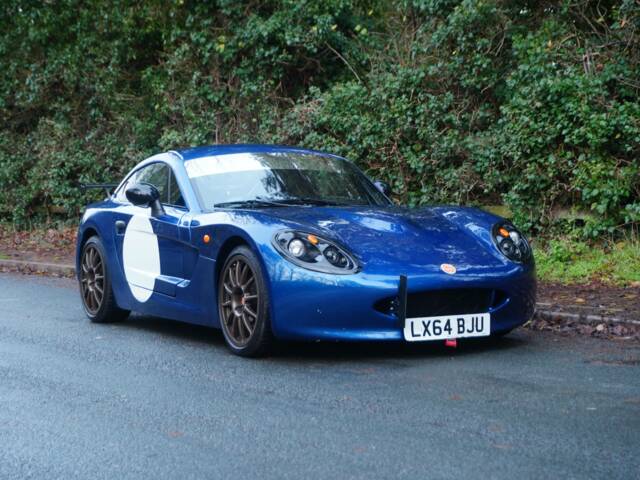
2014 | Ginetta G40
2014 Ginetta G40 - Road Legal Race Car
Ginetta listing references from Classic Trader
Below you will find listings related to your search that are no longer available on Classic Trader. Use this information to gain insight into availability, value trends, and current pricing for a "Ginetta" to make a more informed purchasing decision.
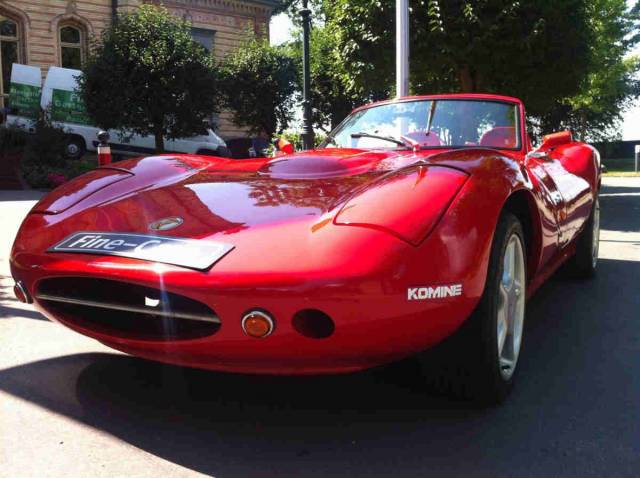
1976 | Ginetta G 27
GINETTA ROADSTER MIT H-ZULASSUNG SEHR G.ZUSTAND
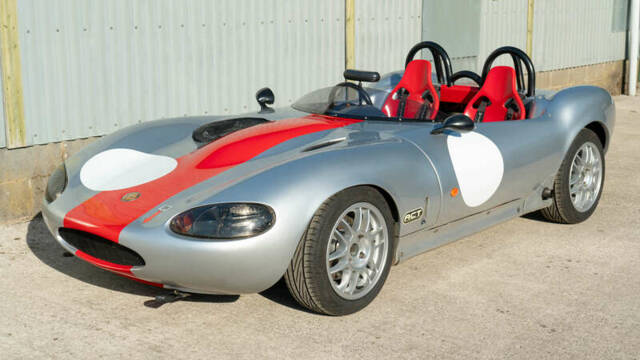
2004 | Ginetta G20
2004 Ginetta G20 Road Car

1972 | Ginetta G 15
HSCC Class Winning Car - Shrigley Engineering - 1012cc Engine
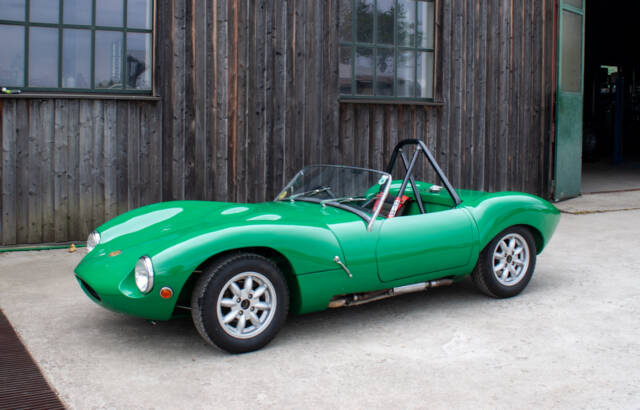
1965 | Ginetta G 4
rare round tube | race car
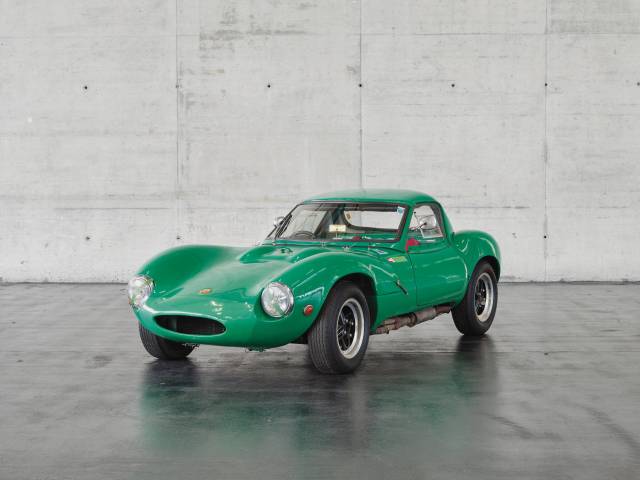
1965 | Ginetta G 4
1965 Ginetta G4

1982 | Ginetta G 4
Dieses Fahrzeug finden Sie auf der Classic Expo 2023 in Salzburg

2016 | Ginetta G55 GT4
2016 Ginetta G55 GT4 SuperCup (2022-spec)
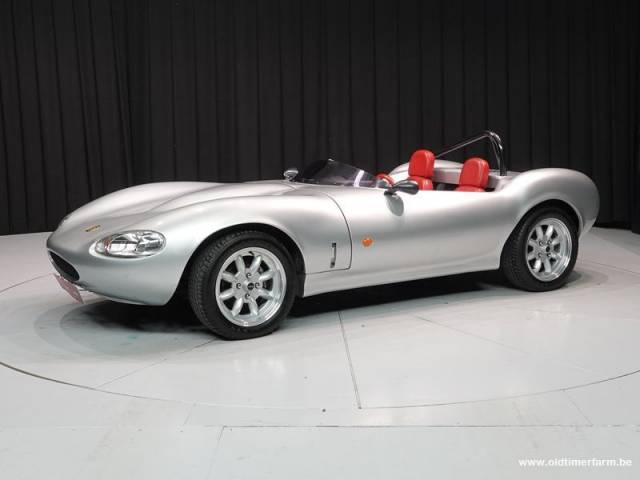
1989 | Ginetta G20
1989 Ginetta G20 1.8 Zetec 16V '89
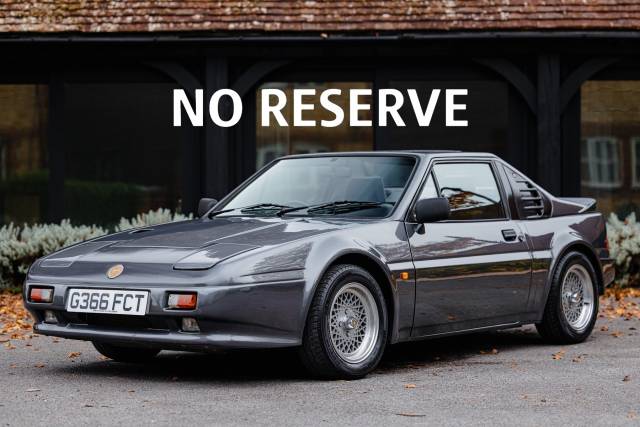
1989 | Ginetta G 32
Rare - Less Than 100 Built - Good Condition

1992 | Ginetta G 33

1967 | Ginetta G 12
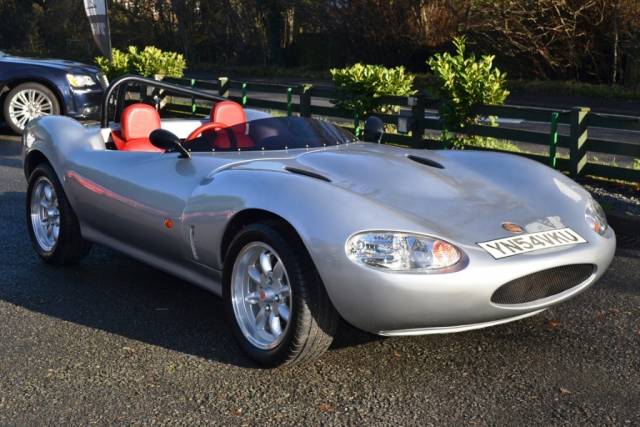
2001 | Ginetta G20

1977 | Ginetta G22
G22 Historic Sports 2000
History of Ginetta
Founded in 1958 by the Walklett brothers in Suffolk, Ginetta built its name producing lightweight sports and racing cars for enthusiasts and privateers. During the 1960s and 1970s, Ginetta set itself apart with kit cars that benefited from UK tax advantages, resulting in strong sales of models like the G4 and G15. Early success on the track raised Ginetta’s profile, and many cars, while road-legal, were track-focused. Shifts in UK tax law in the 1970s forced a move to fully assembled cars, challenging the business model, but innovation persisted. After the Walklett era, investor-led ownership continued producing models such as the G20 and G33, with the brand maintaining close ties to British club motorsport. Today, Ginetta is owned by LNT Automotive and continues to manufacture both racing and road vehicles from its base in Leeds.
Model History
Ginetta’s evolution started with the G2 kit car, built for competition with Ford tech on a tubular frame. The G4 (1961–1969, revived in 1981 as Series IV) advanced the formula with a lightweight chassis and aerodynamic body, achieving success both on British circuits and in international motorsport. The G15 (1967–1974) built Ginetta’s reputation further, offering rear-engine, glass fibre construction and good performance from a Sunbeam Imp engine. Later, models like the G21 (originally with Ford Kent and V6, then Chrysler Sunbeam Rapier engines) and the G27 continued the kit tradition. Ginetta also produced full-build cars like the G32 and G33 (Rover V8 or Cosworth engines). Noteworthy is the G20, introduced in 2000 with a modern Ford Zetec drivetrain and five-speed manual. Each generation reflects a focus on accessible, performance-oriented machines—sometimes tailored for road, more often for pure club competition.
Highlights and Brand Features
Ginetta cars are unmistakable: most feature glass fibre bodies for minimal weight and corrosion resistance, tubular ladder frames, and rear-wheel drive. The racing focus is evident—track-biased setups, minimalist interiors, and often no soft tops (only hardtops or none at all). Their purity appeals to dedicated enthusiasts rather than mainstream buyers. Many parts are sourced from Ford, Rover, or other well-known British marques. Ginetta’s logo, a geometric ‘G’ in a contrasting orange circle, summarises the brand’s distinctive approach. A strong UK owner’s network supports rare models and builds.
Technical Data
Special Editions and Collectible Models
- G4 Series IV (1981–1984): Limited continuation of the original G4, only 35 units built, updated for historic racing and road use.
- G15 Super S: An ultra-rare run of eight units built for the US market, featuring Volkswagen engines.
- G22 S2000: Only two constructed; historical race cars referenced in period literature (John Rose's illustrated history).
- G33 Cosworth/Volvo variants: A handful of G33s were fitted with non-Rover engines, making them particularly rare for dedicated collectors.
Weak Spots and Common Issues
Glass fibre construction means corrosion is rarely an issue, but aged cars may suffer from micro-cracks or deteriorating bodywork repairs. Mechanical components (from Ford, Rover, etc.) are reliable if maintained, though sourcing period-specific parts (like those for Sunbeam, or the early Kent engines) may require specialist suppliers or club contacts. Kit-built examples sometimes exhibit variation in build quality—checking chassis welds, suspension mounts, and electrics is essential. Specialist support in the UK remains strong, especially via the dedicated Ginetta Owners Club. Accessories and replacements (hardtops, overroll bars, period-correct wheels) are attainable for most classic models.
Engine, Transmission and Handling
All Ginetta models are engineered for sharp, direct handling and a pure driving sensation. The lightweight construction, rear-wheel drive, and straightforward chassis layouts deliver excellent feedback and minimal body roll—values cherished in club motorsport. Ford Zetec and Rover V8 engines in models like the G20 and G33 combine lively power delivery with a raw, analog character. Gearboxes (often Ford Type 9 or LT77 for V8s) offer positive, mechanical shifts. Most Ginettas lack power assistance, further enhancing driver connection at the expense of modern-day comfort.
- G4 coupé: 1500cc Ford engine, ~190 km/h top speed, competitive in historic racing.
- G15: Rear-engine Sunbeam Imp or ultra-rare VW Super S engines; lightweight, balanced.
- G33: 3.9L Rover V8, up to 17” wheels, extensive use of polyester bodywork for low weight, manual transmission, responsive chassis.
- G20: Modern Ford Zetec engine, 5-speed manual, 140PS, 660kg weight—designed for track day use.
Interior, Comfort, Exterior and Design
Ginetta’s design philosophy is minimalism for maximum function: glass fibre bodies shaped for aerodynamic efficiency, exposed mechanicals where practical, and compact footprints. Interiors feature purposeful dials, occasional leather trim (G33), removable steering wheels, and little in the way of insulation or luxury—aligning the experience closely with motorsport. Exterior colours often reflect racing heritage, with bright hues and signature details like the stylised G logo. Accessories from hardtops to period-correct magnesium wheels and overroll bars are common among dedicated owners, allowing each Ginetta to be tailored for road or track.
Other Features
Replacement parts and upgrades are available from a well-developed UK network of specialists, catering especially to rare or competition models. Ginetta’s dedicated club scene fosters knowledge sharing and helps sustain these rare British sportscars. The brand’s ongoing commitment to motorsport development (including recent investment in its own test track at Blyton Park) ensures the classic models remain relevant for enthusiasts who value dynamic, analogue driving.
Summary
Ginetta stands alone among British sports car makers for its unwavering focus on the driver’s experience—eschewing comfort in favour of agility and raw feedback. Low production numbers, race-bred engineering, and a steadfast owner community mark out these cars as honest representatives of British club motorsport’s golden era. Whether G4, G15, G27, or the thunderous G33, every Ginetta tells its own story of individualism and mechanical purity. For collectors and drivers who value authenticity and engagement above all else, the Ginetta range is a singular proposition on the classic car market.
